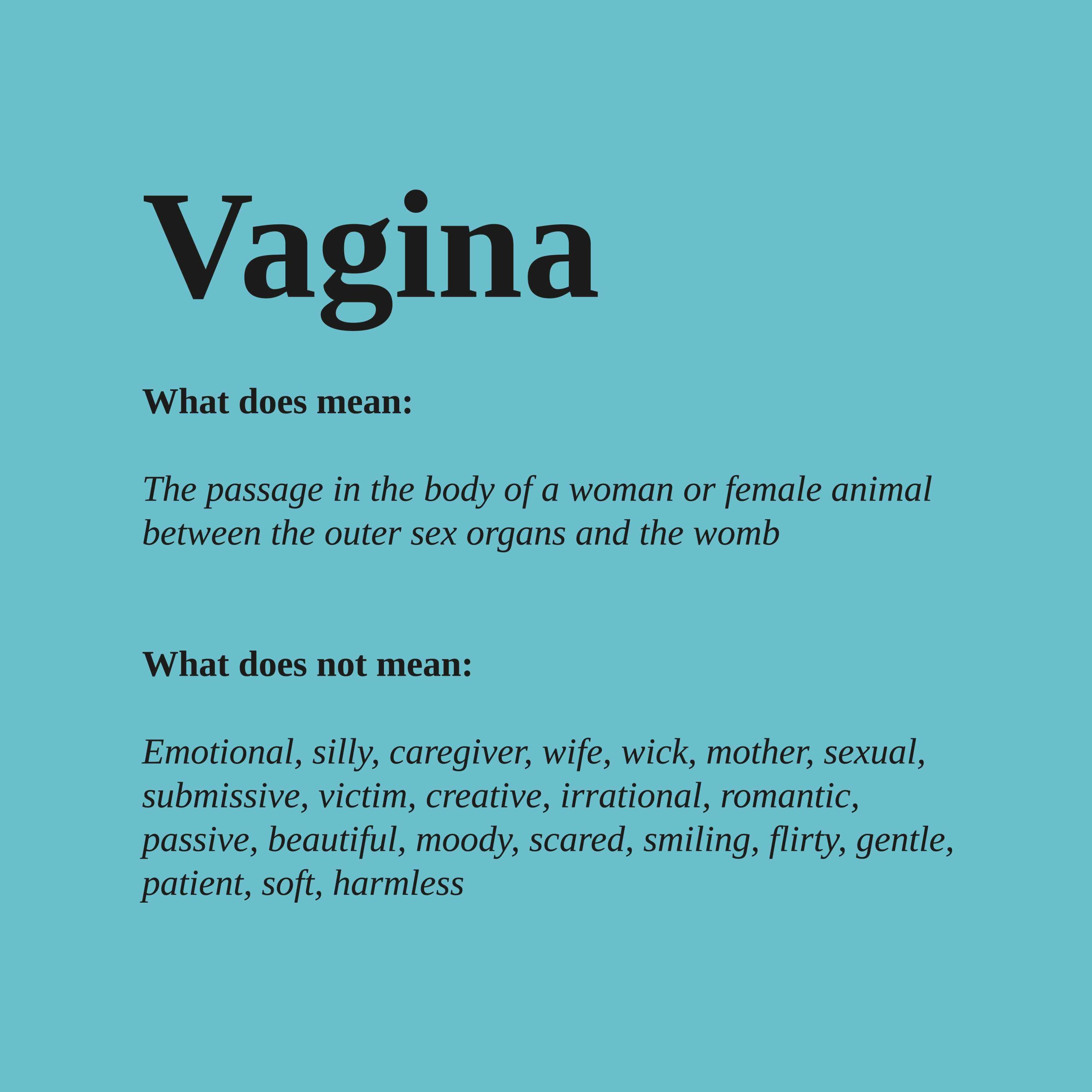
Is an awareness campaign to free people from gender baises, they shape the way we are and perceive others, therefore they influence the decision we make, having consequences of the most various from our relationships to our jobs, our incomes, and our physical and mental health. #unbiased

BOYS DON’T CRY
The biases associated with gender roles are deleterious for both sides: women are judged on their appetence and objectified, while men are asked to be strong and hide their feelings. As a result of this social pressure on men, worldwide, even women are more likely than men to be diagnosed with depression, the number of men committing suicide is several times higher than women. Thanks to associations like ‘CALM’ Campain Agianst Living Miserably these numbers are decreasing, but the fight to break stigma and stereotypes is still on.
REST IN BIAS
The ‘strong man’ bias causing the deprivation of men’s felling does affect not only men’s mental health and social life but also the planet. For the fear of being emasculated, men are more likely to choose not to recycle, inform themselves about environmental issues and conduct an eco-friendly lifestyle, ‘If societal norms for women include being caregivers, nurturing, and emphasizing social issues, then men would turn away from these feminine characteristics in order to seem masculine in a society’.


Similar studies also prove that masculinity is associated with the extent of consumption of meat, which has a double negative implication. The first is on the environment, and the second is the health of men as is now clear that regular meat consumption increases the risk factors for diabetes, ischemic heart disease and many common diseases (Oxford 2021).
BOSS NOT BOSSY
Gender roles are still implanted in our minds, and it is lifetime conditioning, from the toys that kids are encouraged to play with, to the way adults address them: little boys are prized for their strength and little girls for their beauty.
Media culture preserves gender roles to sell more products ‘The magic of advertising is that it can program the brains of an entire society to see, feel, and believe something so deeply that it becomes their truth forever’ (Shakhmeyster, 2020).


Advertisements for male-dominated areas employed words associated with male stereotypes, such as leader, competitive, and dominant, instead female-dominated areas presented words such as support, understand, interpersonal. Also advertisements seeking “communal” characteristics, stereotypically associated with women, specify lower salaries than those seeking “agentic” characteristics, stereotypically associated with men. Therefore, gendered wording in job adverts is maintaining traditional gender divisions, with implications for gender parity, and theoretical models of inequality
GIRLS DON’T
Gender biased are everywhere we look, the icons we use today are strongly influenced by the set designed in 1974 by the U.S. Department of Transportation, later adopted by the International Organization for Standardization in the ISO7001. In that set, the icons are by default male, and the female symbols are outnumbered unless the figure is accompanied by a child, also ‘Icons that depicted profession affirmed stereotypes: the doctor would be male the nurse female’. Progress has been made since then, as the 2019 plan for the ISO 26000 aims to eliminate bias and promote equal representation in standardization (ISO, 2023), but the path for equality is still long.


#Unbiased
Gender bias affects every woman and man of any age everywhere in the world, we encounter them growing up, at home, in the media, in the workplace, in signage, in language, in data and programs, and many other places, break free of these biases by proposing models of equality. #unbiased

‘SHUT UP SIRI’
As technology progresses so do the platforms that portray stereotypes, since the creation of Siri in 2011, the AI system’s default voice assistant has been female in most countries in the world. Researchers have shown that ‘AI voice assistants projected as young women perpetuate harmful gender biases’ (UNESCO, 2020). They teach people, particularly children, about the role of women to respond on demand and they reinforce a connection between a woman’s voice and subservience. The bias in the programming of AI systems, as for any other program, comes from the demographic of programmers. Developers are predominantly males and consciously or unconsciously they are creating intelligence that reflects problems of inclusion and representation.

Break free of these biases #unbiased


